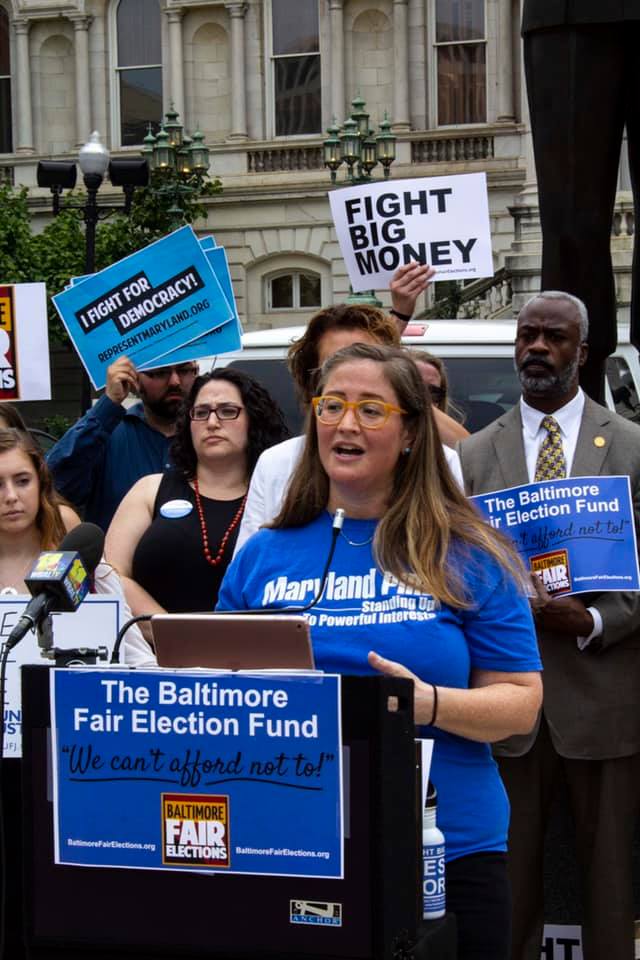
Clean Energy Homes, Buildings & Transportation
Steps Maryland can take to make sure our buildings run on clean renewable energy
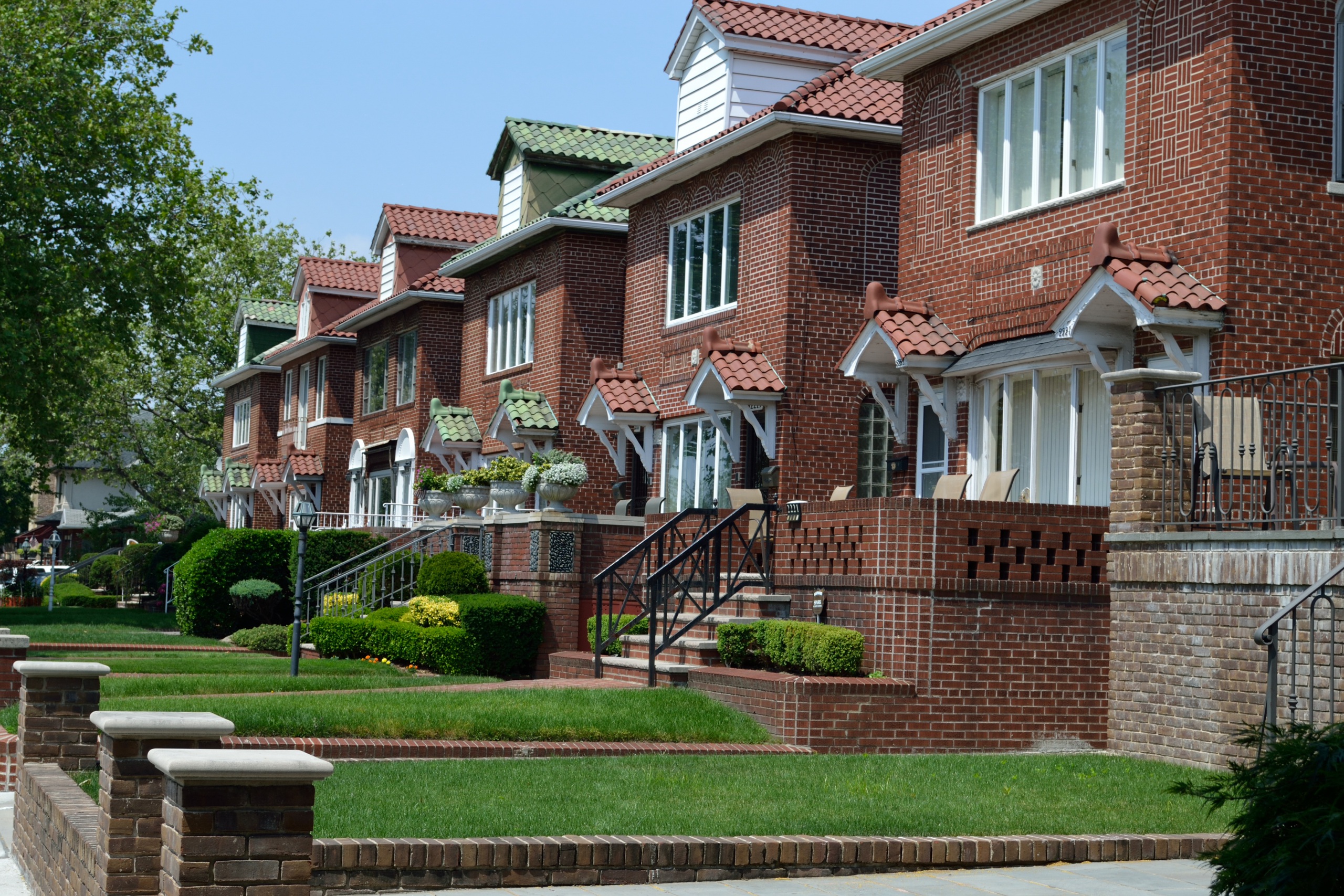
We have the ability to power our society with 100% renewable energy from the sun, the wind and the warmth of the Earth. One step to realizing that vision is making sure our homes, workplaces and other buildings are ready to use the renewable energy we harness.
We have a ways to go. In 2019, three out of every four American homes still relied on fossil fuels for heating, hot water or to run appliances. That fossil fuel dependence contributes to a host of environmental and public health problems, including global warming.
At a time when renewable energy sources are more widely available and more affordable than ever, making sure our buildings can run on electricity created from the power of the sun and the wind is the next phase of America’s clean energy journey.
Switching to clean, efficient and electric technologies like heat pumps for space and water heating and induction cook stoves can lead to less indoor and outdoor air pollution which means cleaner air for us to breathe. It also means less water pollution, reduced energy waste which can lead to more affordable utility bills, and greener communities overall.
Every day that we don’t switch to clean, electric energy use in our homes is an opportunity wasted. Fossil fuel systems have long lifetimes, so any new systems installed in the next few years will keep us locked into another decade or so of dirty energy. It’s time to start relying on efficient, electric appliances that will protect our air, water, land and climate.
The Climate Solutions Now Act offers Maryland policymakers a clear path to switching their communities to clean, green renewable energy. The bill, SB528 in the Senate and companion bills in the House, would advance specific steps to help make sure more of Maryland’s buildings are ready to run on clean energy. Specifically, the legislation would:
-
Sets goals for 60% global warming emissions reductions by 2030, and net zero emissions by 2045.
-
Create a Building Emissions Performance Standard for buildings 25,000 sq. ft and larger to reduce emissions from state-owned buildings to net-zero by 2035and privately-owned buildings to net-zero by 2040, and creates a pilot program for net-zero schools.
-
Establish a Building Energy Transition Implementation Task Force to study and make recommendations regarding the reduction of global warming pollution from buildings and retrofits of existing buildings through tax credits, subsidies, and other state support.
-
Transition state government vehicles and school buses to electric vehicles.
-
Incentivise Community Solar for low and moderate income customers through tax incentives.
More resources:
What it’s like to install a heat pump?
Clean energy tech explained: induction stove
Clean energy tech explained: heat pump hot water heater
Topics
Authors
Emily Scarr
State Director, Maryland PIRG; Director, Stop Toxic PFAS Campaign, PIRG
Emily directs strategy, organizational development, research, communications and legislative advocacy for Maryland PIRG. Emily has helped win small donor public financing in Baltimore City, Baltimore County, Howard County, Montgomery County, and Prince George's County. She has played a key role in establishing new state laws to to protect public health by restricting the use of antibiotics on Maryland farms, require testing for lead in school drinking water and restrict the use of toxic flame retardant and PFAS chemicals. Emily also serves on the Executive Committees of the Maryland Fair Elections Coalition and the Maryland Campaign to Keep Antibiotics Working. Emily lives in Baltimore City with her husband, kids, and dog.
Find Out More
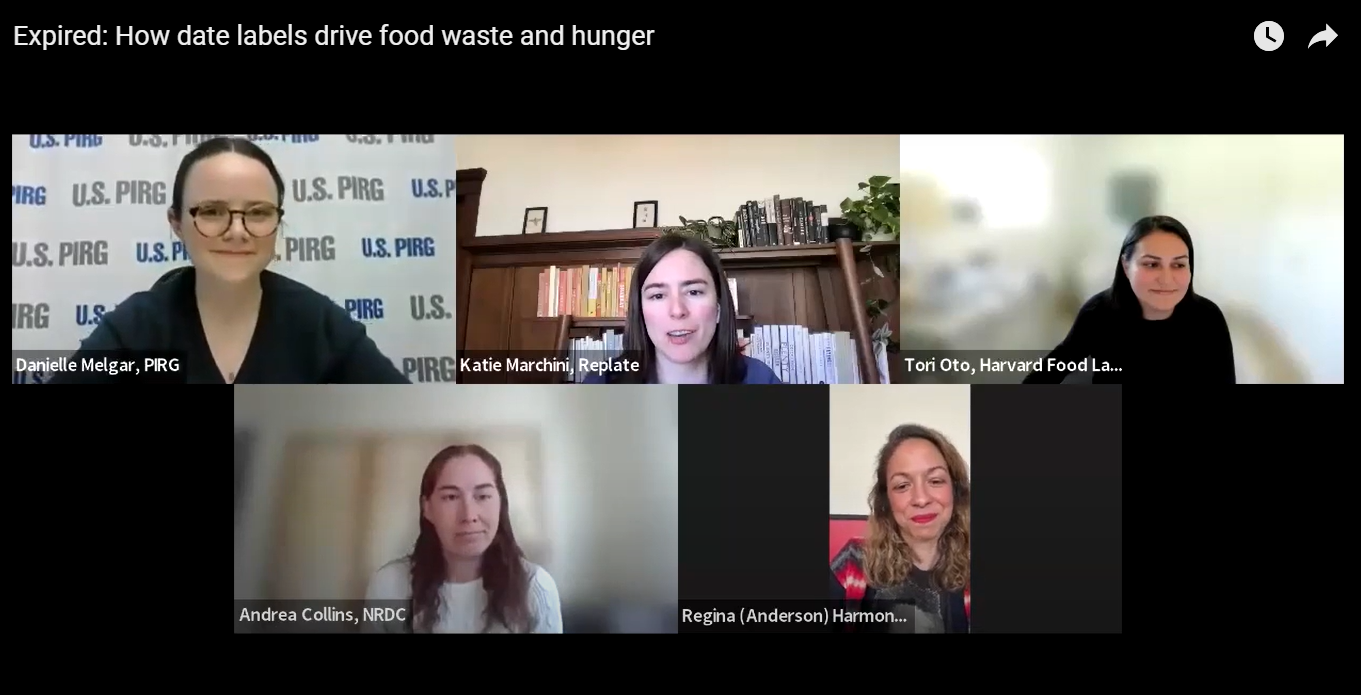
Expired: How date labels drive food waste and hunger
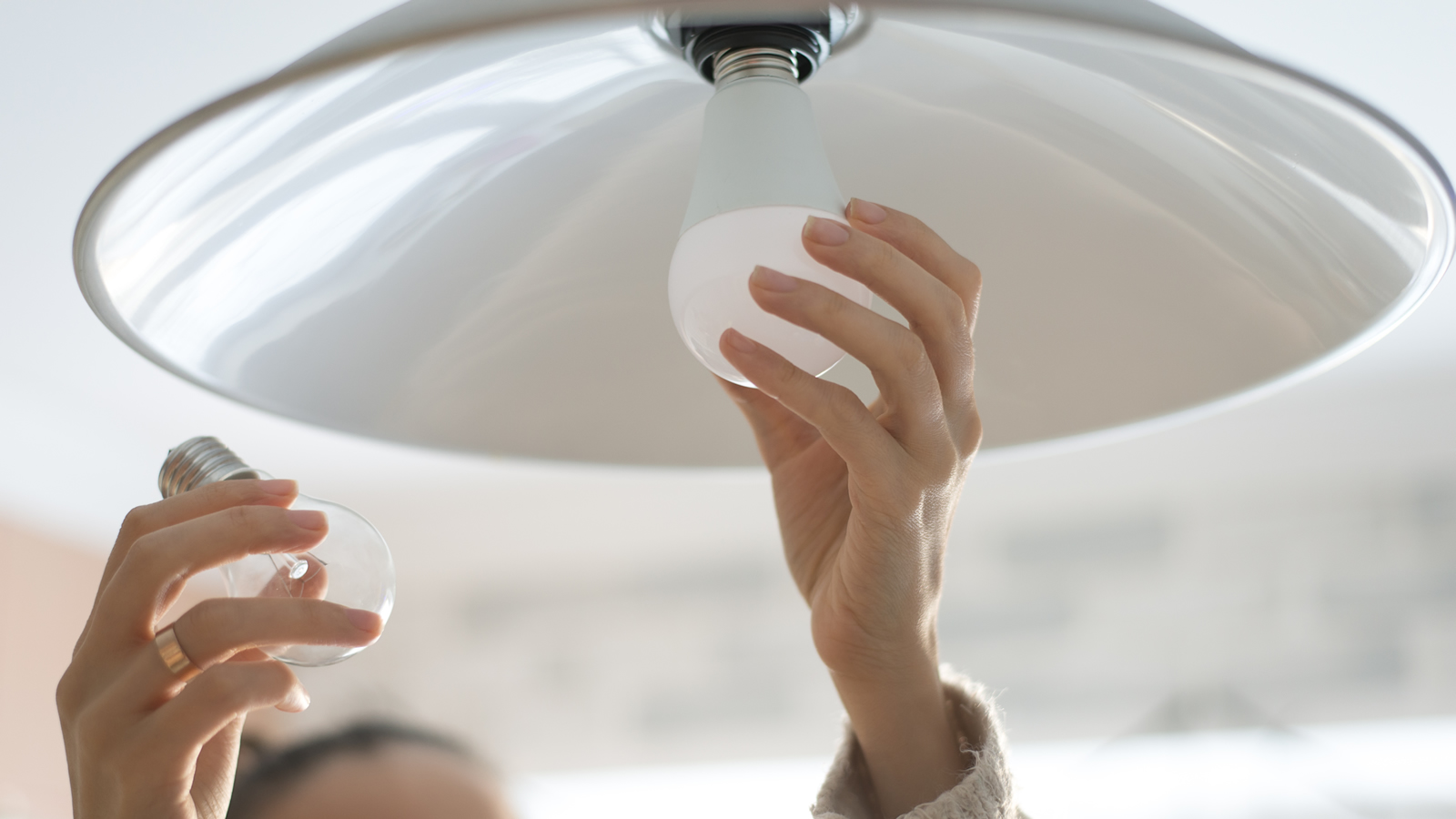
The EmPOWER Maryland Energy Efficiency Act needs an update
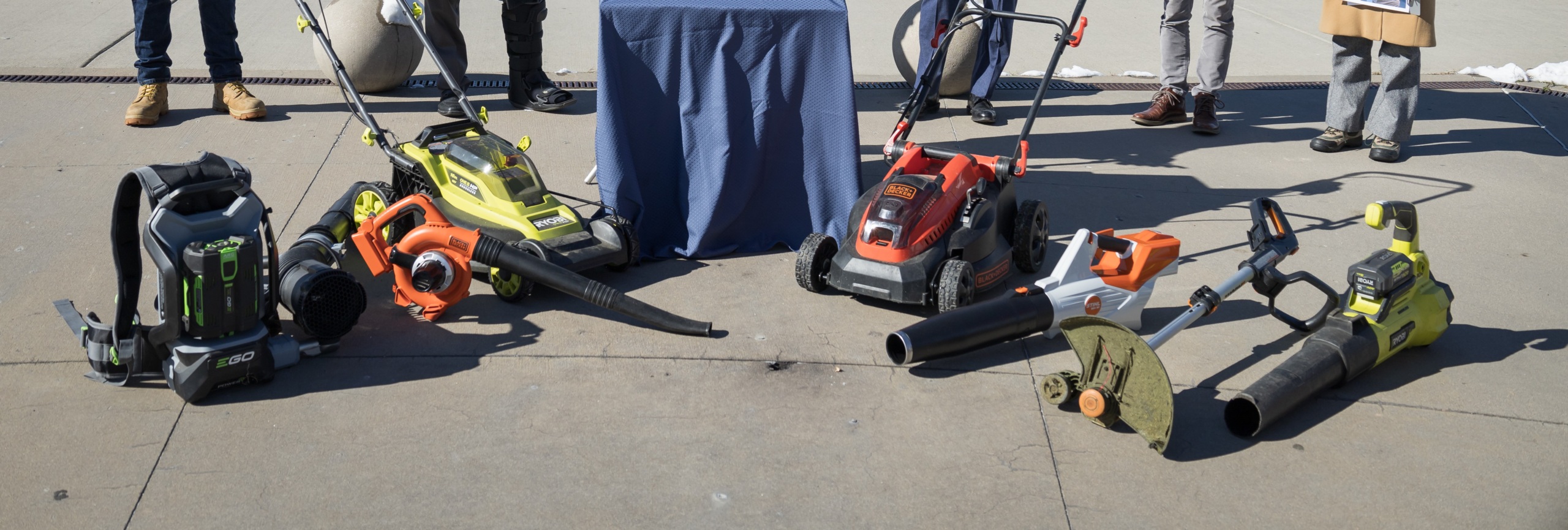
Lawn care goes electric

